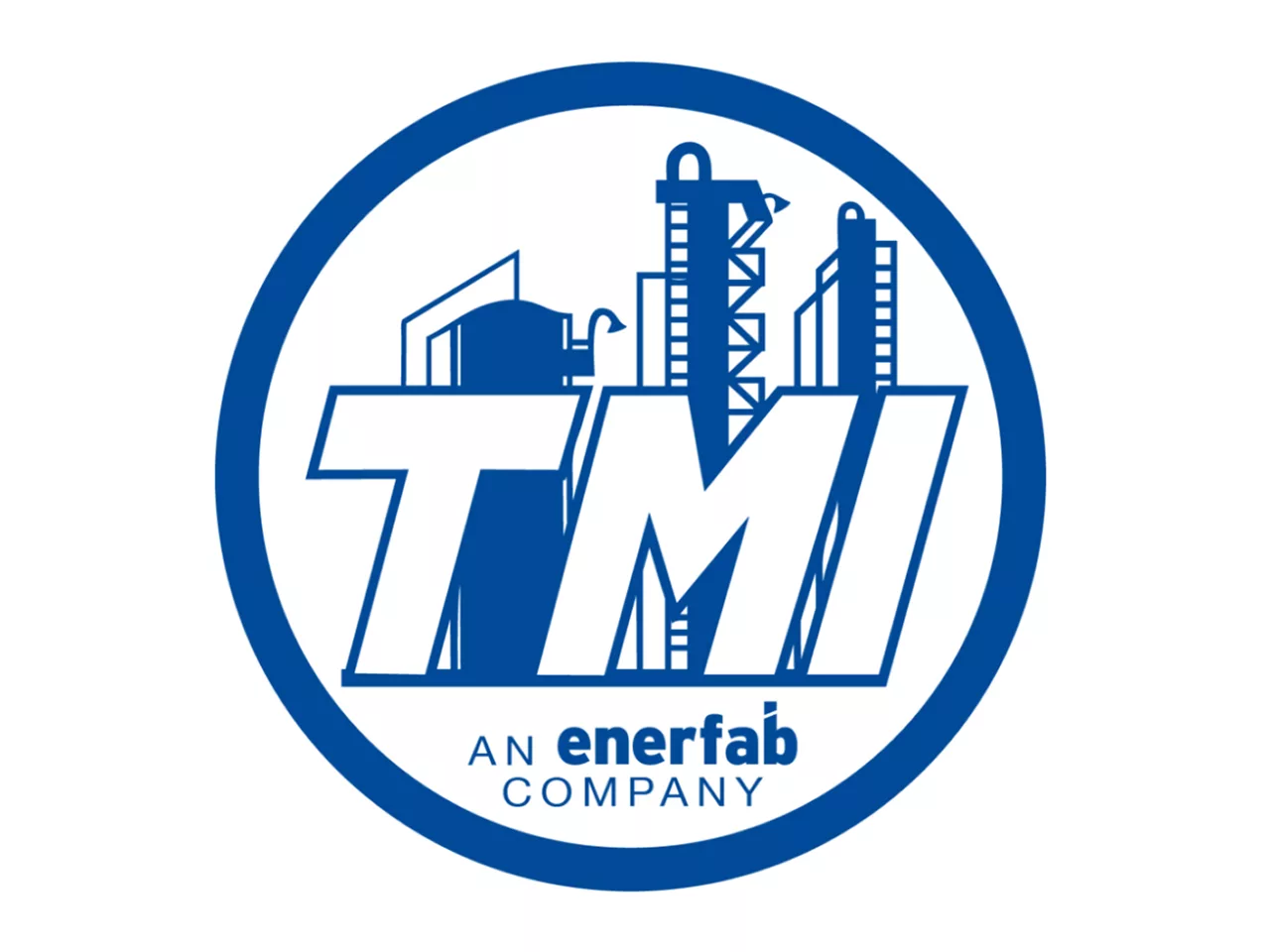Five Benefits of Tracking Quality Assurance with Data
Article from an interview with Enerfab Director of Quality Assurance Benjamin Sprengard
Craftworkers are known for taking great pride in their work. They’re always comparing their performance today with what they did in the past to advance their skills and maybe even secure some bragging rights.
What you might not know is that there’s a way to channel this tendency into a better way to champion quality and ensure safety — metric-based quality assurance. It’s something we’ve been using at Enerfab, and here’s how it works:
In the shop, we have a big scoreboard, and Enerfab craftworkers can see, by the numbers, how their work is stacking up: exactly how often they execute perfect welds compared to their teammates, and how the entire team is doing overall. They even know what causes the defects when they happen, so they know what to look for next time.
But it’s about more than giving the shop team something to brag about. The data we gather from measuring and tracking performance provides actionable insights that lead to increased safety and quality, as well as reduced costs, and a more skilled and balanced team.
Here are the five key benefits you can realize by implementing metric-based QA:
Increasing Safety
Not only does this method track how often there are defects, but it also tracks what the defects are, so the welder knows what to fix. This means that, although all necessary testing is performed to ensure weld integrity and equipment safety, mistakes are also reduced proactively through advancing the fabricators’ skills.
Motivating the Team
Giving your team a goal to work toward is essential to keeping them engaged and motivated. Tracking the rankings and allowing craftworkers to outperform their teammates builds in a personal motivation that goes beyond mere productivity.
Targeting Training
With metric-based QA, you may see trends among your team, as in almost everyone is good or not as good at the same thing. When this happens, you can bring in targeted training for the specific skills that are lacking without wasting time brushing up on skills they already excel at.
Closing the Skills Gap
It’s no secret that the skills gap is a real problem plaguing manufacturing everywhere. Tracking welder performance makes it easy to identify who among your pros is the right mentor for each of your novices. Match them up — the strength of the veteran will help compensate for the relative inexperience of the apprentice. Enerfab uses the performance metrics we track to match up high-rating welders with lower-rating ones, which not only facilitates better quality but provides education opportunities for the more novice welders.
Reducing Costs
Metrics can help make your shop more efficient by showing your crew which welds were executed correctly the first time. The scoreboard can be a constant reminder that by slowing down and doing our work right on the first go, the entire process goes quicker (which makes it cheaper for you and your customer) because there isn’t as much of a need to do time-consuming, costly repairs later.
It’s not always fun displaying imperfections on a big screen for all to see, but at Enerfab it makes us better. Like us, you already have highly skilled people in your workforce. By adding metrics to your operations — whether it be to the shop, in the field, or even in an office environment — your entire workforce can recognize where their strengths lie and improve proactively.
—
Want to learn more?
Visit enerfab.com/quality to see more about our quality programs.
And if you’re wanting a deeper dive in what we can do, send us a note at enerfab.com/contact and someone from our business development team will be with you right away.
About Benjamin Sprengard
Benjamin is the Director of Quality Assurance for Enerfab headquartered in Cincinnati. Along with Code compliance and materials expertise, Ben is responsible for continuous improvement within the organization including the development and implementation of a metric-based quality program and a digital transformation of Enerfab’s quality department. His previous roles as Welding Engineer and Metallurgist including responsibilities for providing engineering solutions to metallurgical, materials joining, and nondestructive testing applications.
Ben holds a BSc in Welding Engineering from The Ohio State University, where he specialized in welding metallurgy and nondestructive evaluation. He holds an ASNT NDT Level III in PT and VT and is an AWS Certified Welding Inspector.




